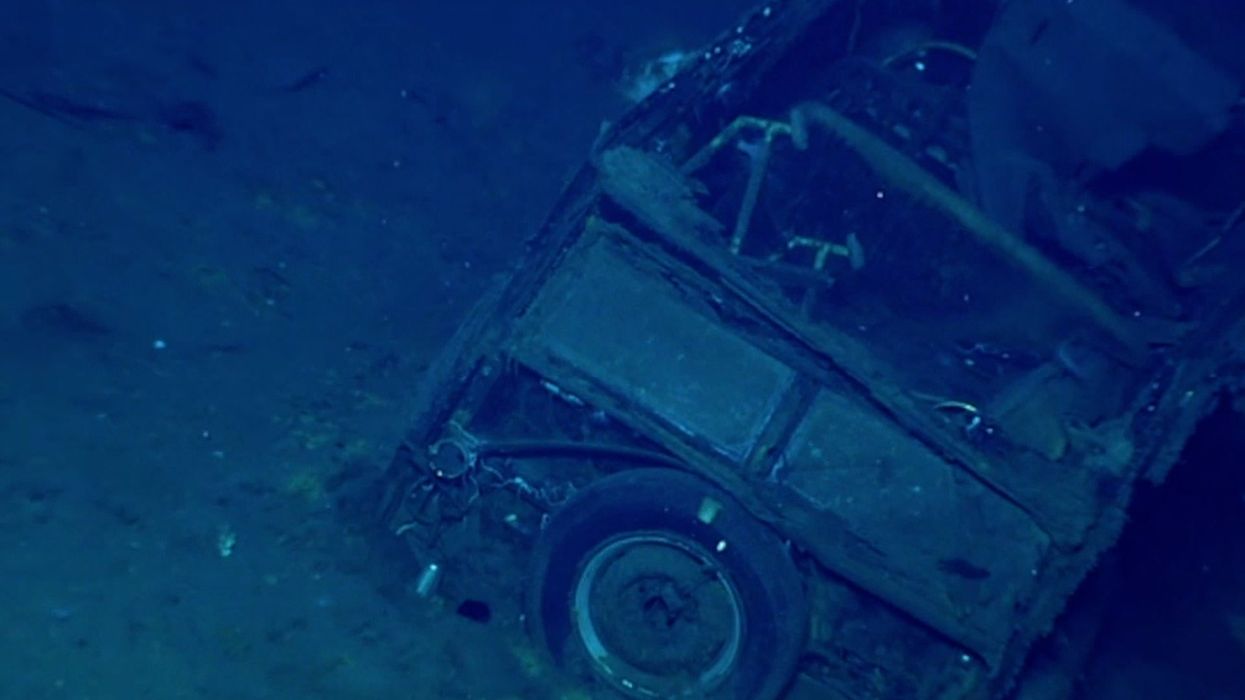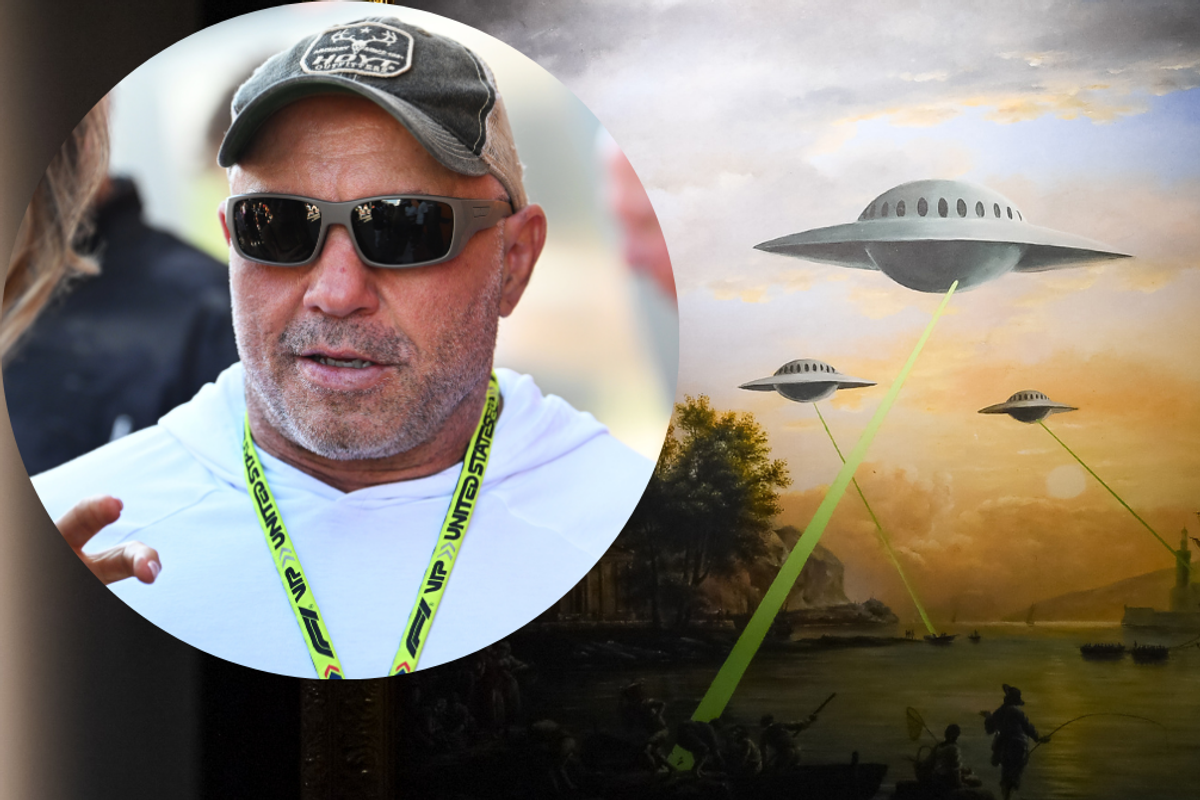Science & Tech
Brydie Monaghan
Jul 09, 2025
Stunning Discovery: Car Found In Sunken WWII Aircraft Carrier
The Weather Channel / VideoElephant
The recently-discovered bow of the USS New Orleans has shone new light on its remarkable escape story after being hit by a Japanese torpedo and travelling backwards 1,800 miles across the Pacific during WWII.
Over the weekend the Nautilus Live expedition from the Ocean Exploration Trust located the US Navy cruisers bow in 675 meters of water in Iron Bottom Sound off the Solomon Islands.
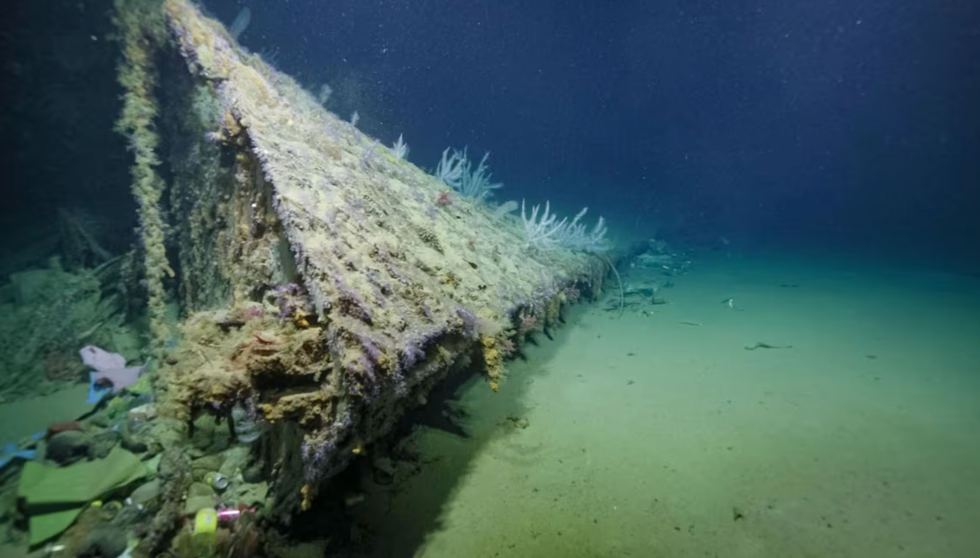
On November 30, 1942, New Orleans was struck on its port side bow during the Battle of Tassafaronga, off Guadalcanal island, losing the front of the ship, and killing more than 180 sailors.
Crew members worked to close off bulkheads and prevent flooding, limping into the nearest harbour on the island of Tulagi, as sailors went into the jungle to get repair supplies - stumbling across a fruit that unexpectedly, would prove useful.
“Camouflaging their ship from air attack, the crew jury-rigged a bow of coconut logs,” a US Navy account recalls.
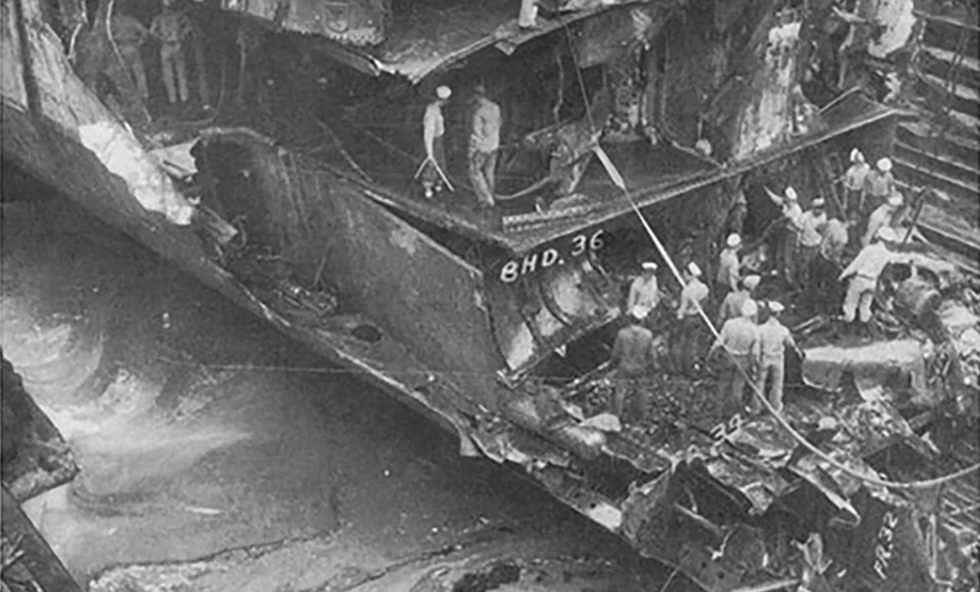
With the makeshift coconut bow, the ship travelled in reverse 1,800 miles across the Pacific to Australia for sturdier repairs, according the National World War II Museum in Louisiana.
The ingenuity and resourcefulness of this ship was celebrated by awarding it 17 battle stars, tying it as the third most decorated in this kind of award in the Pacific theater.
It later continued to be a force in the war participating in battles such as Saipan and Okinawa which led to the US gaining airfields that enabled the final blows to be made on Imperial Japan.
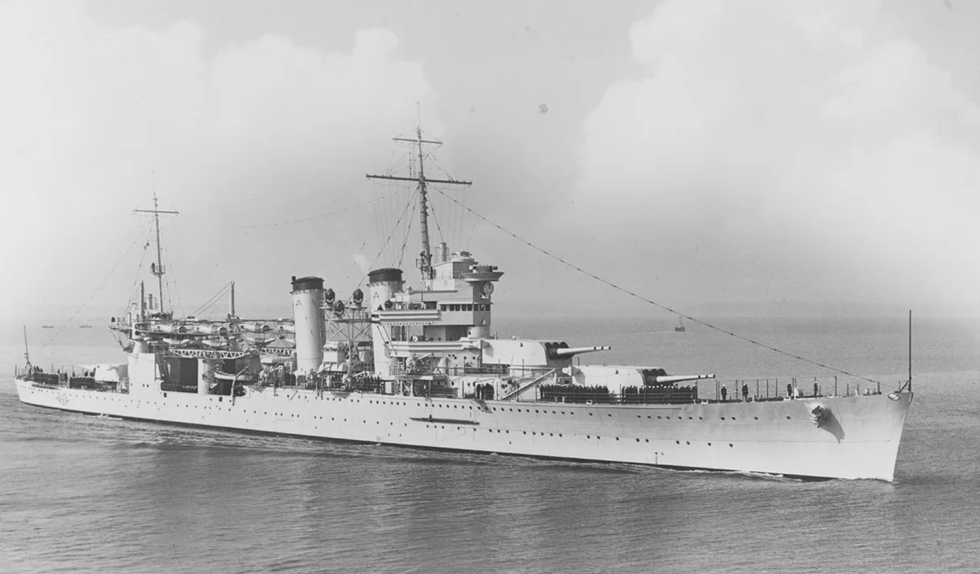
This extraordinary story was added to this week when Nautilus Live, NOAA Ocean Exploration, the Ocean Exploration Cooperative Institute, the University of New Hampshire and the Naval History and Heritage Command, discovered the missing piece of this ship during a 21-day Maritime Archaeology of Guadalcanal expedition of Iron Bottom Sound.
Elsewhere from indy100:
- Scientists dumbstruck by discovery of 'strange underwater road'
- Unexpected discovery in ancient tomb could 'help fight cancer'
How to join the indy100's free WhatsApp channel
Sign up to our free indy100 weekly newsletter
Have your say in our news democracy. Click the upvote icon at the top of the page to help raise this article through the indy100 rankings.
Top 100
The Conversation (0)
